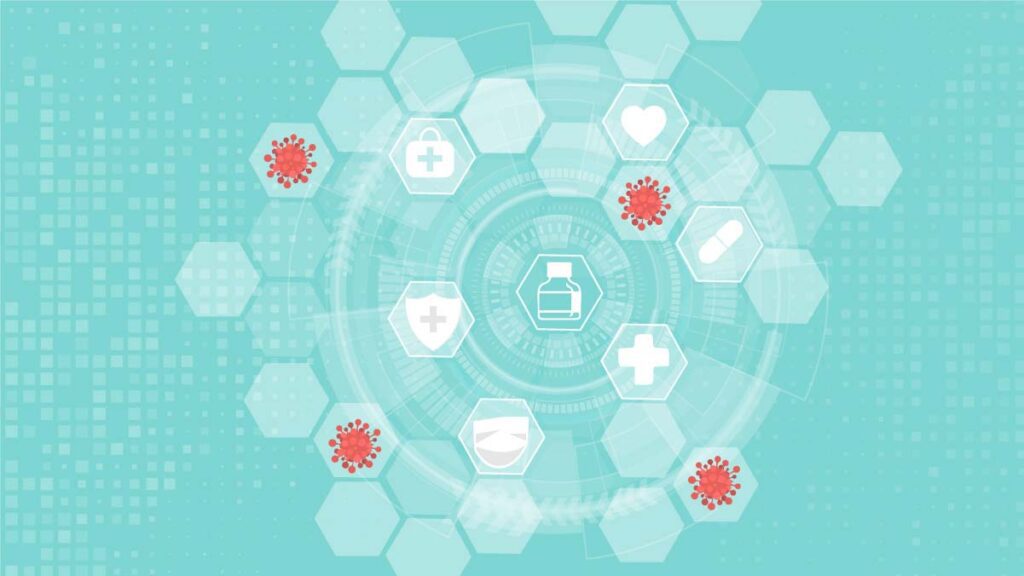How can Public Health Data Systems be Transformed?

The COVID-19 pandemic exposed the gaps in the public health and health data infrastructure and illuminated how they perpetuate extended health inequities. During the virus, many flaws in the health system emerged regarding racism which was on the rise and trying to find solutions regarding that issue.
The Robert Wood Johnson Foundation (RWJF) founded a first-of-its-kind National Commission to Transform Public Health Data Systems to work toward a modernized health data system, which will improve the way people are treated regarding health issues.
How Data is Collected
The purpose of the commission is to reimagine how data are collected, shared, and used and identify the investments needed to improve health equity. Digital transformation in healthcare has become one of the main pillars driving innovation in the health sector. It creates a robust foundation that will positively impact technology on human lives, a good example of one the positive impacts is when global health tech platform Proximie digitized operating rooms
RWJF allowed the RAND Corporation to create a series of white papers by describing the emerging inventions, existing landscape, and opportunities to change and transition to a new public health data system.
The papers include reports on public health data transformation and insights from 20 organizations that received RWJF grants for innovative work related to data equity and data systems integration. They were reported by an environmental literature scan, review of reports on public health data transformation, and stakeholder interviews.
Data are considered the building blocks for describing the health of people and the communities where they live. Stories that emerge from data help the nation contextualize and understand what drives health and how structural factors like discrimination and other forms of racism impact one’s capability to live a healthy life.
Latino and Black People in America
Structural and systemic racism have cemented injustices into America’s foundation, and the repercussions play out maliciously during periods of both calm and crisis.
Latino and Black people in America conveyed a 2.9- and 3-year decline in life expectancy, respectively, in 2020, compared with a 1.2-year decline for White people. This result was too predictable during the pandemic.
Black, Indigenous, and Latino workers are given jobs that don’t pay a living wage, provide health insurance, or guarantee paid sick time off. This is primarily due to structural racism.

Workers in these jobs lacked the resources to stay home and safe during the pandemic. Latino and Black residents have been segregated into neighborhoods of disinvestment through a legacy of discriminating housing, from policies such as residential covenants designed to keep people of color out of specific communities.
For that reason, the children of those communities are more likely to attend under-resourced, underpaid schools and need funding based on property taxes. Exposing them to fall as victims of an unfair and unjust criminal justice system.
On the same note, the solution for this issue will be to deliver integrated governance, stewardship, and communication to modernize and transform public health data systems to prevent, detect and respond to public health threats and encourage equitable community wellbeing.
Systemic Racism
When addressing systemic racism and disassembling the barriers to reach equity, those communities benefit from those factors which help people living in systems impacting them.
Covid-19 delivered a case study for this. The structural failures that left people weaker had broader impacts on our communities through the spread of the virus, the closing of schools, the economic fallout, and ultimately, loss of lives.
The virus revealed again how racism is specified, more explicitly knowing a person’s life trajectory in America from where one lives. It has shed light on the need to radically transform the public health data systems in order to create an equitable society.
Data systems establish racial health disparities without estimating the injustices and racism that help them contribute to the problem. This loss results in the misperception that health differences are biological rather than caused by the structures and systems of an inequitable society.
Was Digital Transformation Applied?
The transformation was applied by highlighting the integration of telemedicine, blockchain electronic health records, and AI-enabled medical devices, amongst others that translate how digital transformation occurred in healthcare. Those examples are reshaping how we interact with health professionals and how our data is transmitted among providers, and decisions are taken about our treatment plans and health outcomes.
Innovation is an essential factor here with the primary goal of optimizing systems, streamlining physicians’ work, improving patient outcomes, decreasing human error, and lowering costs via mobile experience and the web.
Unfortunately, the pharmaceutical and healthcare industries lagged in implementing the right digital strategies. Healthcare is considered among the sectors which would be significantly affected by the inception of digital twins solutions, given its increasing reliance on advanced technology.
Summary
Data on health inequities are separated from the community and historical conditions that cause poor health consequences, resulting in an incomplete picture of who is most impacted. The pandemic highlights the critical and continued need for a modernized public health data infrastructure where data are analyzed, collected, and interpreted with an aim toward equity.
A modern, equity-centered public health data system enables policymakers to identify target interventions and problems and assign resources to those who need them most.
Inside Telecom provides you with an extensive list of content covering all aspects of the tech industry. Keep an eye on our Technology news section to stay informed and up-to-date with our daily articles.
